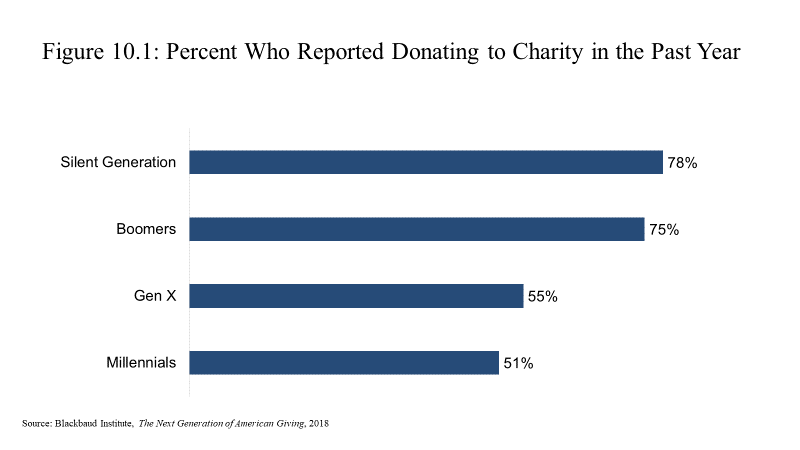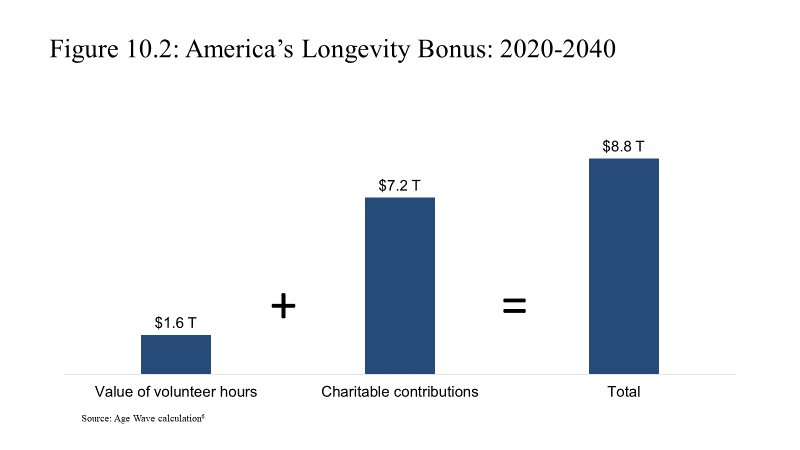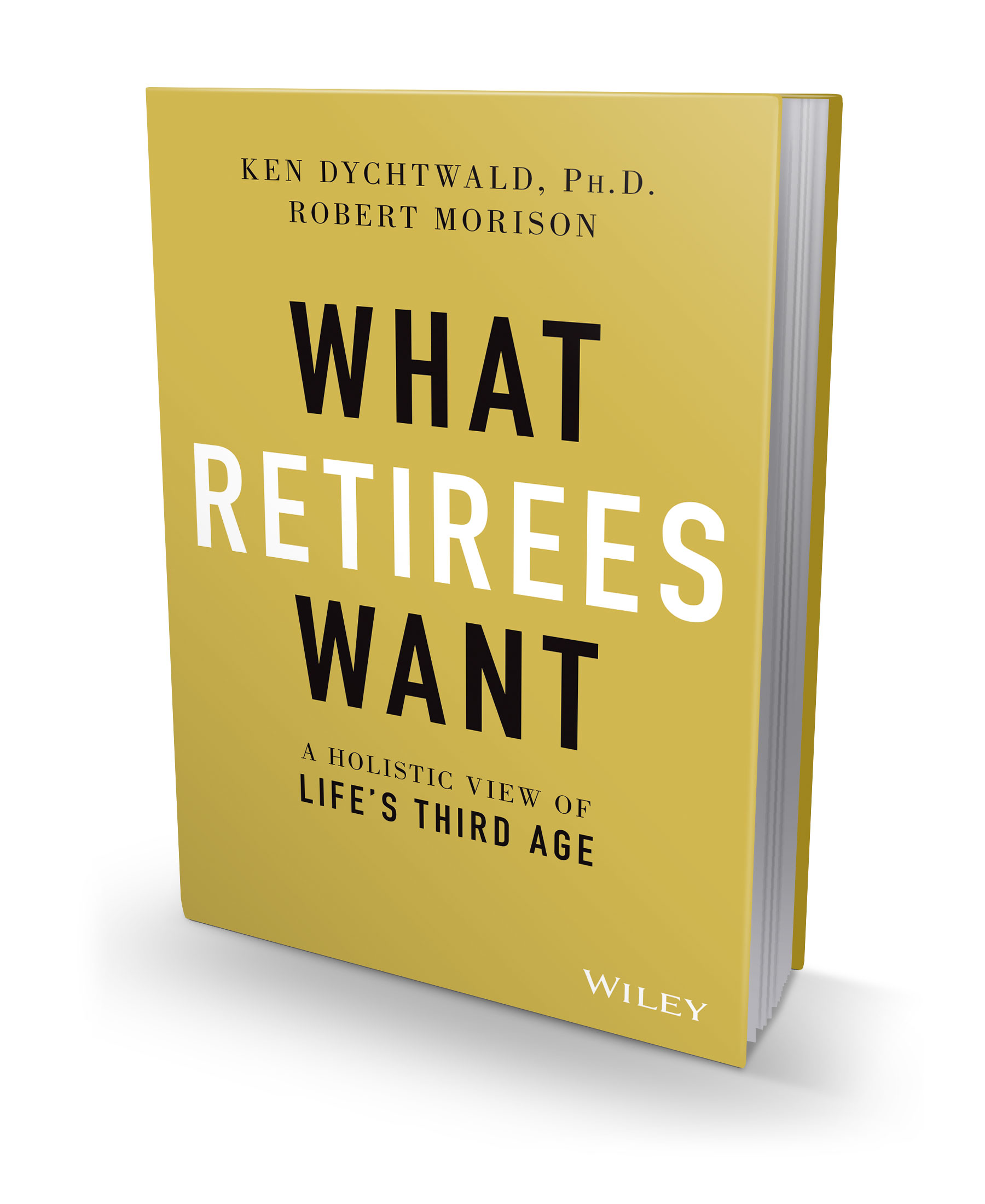Boomers: Exploring New Activities, Meanings, and Opportunities

Join The Age Wave and What Retirees Want author Ken Dychtwald on Tuesday Sept. 22 at 1PM ET, when he joins In the Groove founder Susan Feldman, The Age of Aging columnist Peter Hubbell, advertising legend Keith Reinhard and host Jack Myers for a ZOOM Leadership Conversation on Ageism in Advertising and the Coming Boom in Boomer Marketing. Register now.
The following is an excerptWhat Retirees Want: A Holistic View of Life’s Third Age, a book representing the culmination of a long collaboration between authors Ken Dychtwald and Robert Morison, who have conducted award-winning research, based on national and international surveys, into the evolution of retirement in the 21st century. In this book, Ken and Robert provide readers with unparalleled insights into the minds and hearts of the retired (and nearly retired) population. In past decades, marketers and entrepreneurs have focused on younger generations, mostly ignoring retirees. Retirement was often viewed as a time of gradual decline and financial contraction. But thanks to increased lifespans and better health care, today's retirees—particularly Baby Boomers—are experiencing a distinct and rewarding phase of life, ready to explore new activities, new meanings, and new opportunities. Given that this demographic also controls the largest concentration of personal wealth, businesses are missing out if they continue to ignore this large and growing market.
The Longevity Bonus: The Upside of Aging
The influx of Boomer retirees holds the potential to take giving and volunteering to new heights. The Boomers have always been a cause-oriented, change-the-world generation. Now that they have far more free time in retirement, we envision a revolution in giving and volunteering for decades to come. And Boomers want to contribute not just with time and labor, but with their talents and experience. They want their giving to have impact in causes, global and local, that matter a lot. And they are ready to use technology and social media to determine where to give and to band together for greater impact.
Surveys by Gallup and the Charities Aid Foundation find the United States to be one of the most generous nations in the world, based on rates of giving, volunteering, and helping others. America's retirees are especially generous. Two-thirds of them say that retirement is the best time of life for giving back, and they overwhelmingly define success in retirement as being generous (85%) rather than being wealthy (15%). Retirement gives people the opportunity to expand their generosity – with more time, more savings to donate, and more accumulated skills and experience.
Charitable giving has been steadily increasing for the last quarter century, with only brief dips in times of recession, and over three-quarters of that giving comes from individuals and families – not foundations and corporations, as people often think. Older Americans are especially generous, as charitable contributions tend to increase as people grow older (Figure 10.1). In 2018, Boomers contributed the most in aggregate, averaging over $1,000 each and accounting for 41% of all individual donations.
Americans also contribute nearly seven billion hours of time annually through volunteering, worth an estimated $167 billion in economic value, assuming a modest $23 per hour. In 2018, the Baby Boomer generation accounted for the most volunteer time, a cumulative 2.2 billion hours with an estimated value of $54.3 billion. That will only grow with the number of retirees and their desire to give with impact.

Retirement transforms how and how much people can give. Retirees often view giving in a new light, as one explained: "I never really thought about giving and what it meant to me. I just did it. And now in retirement, it means a great deal to me. There are clues that I didn't really recognize, and in some ways, I feel like I'm paying myself when I'm giving."
Retirees have the key ingredients. They have more time. No longer working full-time means dramatically more discretionary time – an average of over 70 hours per week for those 65 and older. That's time available for volunteering and purposeful charitable giving. They have more wealth. Older Americans hold more savings and other assets than younger age groups do. That accumulated wealth funds their retirement years, but part may be available for charitable causes. And they have more skills and experience. Retirees bring a lifetime of experience to their volunteer work and their decisions to donate. Eighty-four percent say that enables them to give more in retirement than they could when younger. As Nancy Henkin, Senior Fellow at Generations United, puts it, "Volunteering is not just coming in and serving soup. It might be that if you have some executive skills maybe you organize a recruitment campaign, or maybe you take care of marketing, or maybe you manage other volunteers."
How large is the potential for retirees to give back? As the ranks of Boomer retirees swell and they enjoy lengthier retirements, their aggregate capacity for giving time and money over the next two decades totals nearly $9 trillion in value (Figure 10.2) in the United States alone. We anticipate enormous growth in financial donations – an estimated total of $7.2 trillion over that time. Then add in an estimated 63 billion hours of volunteering, which translates into about $1.6 trillion worth of services. We call that enormous opportunity to do social good "America's Longevity Bonus." When we imagine this as a global phenomenon, the World's Longevity Bonus might approach $100 trillion over the next two decades!

Economic conditions may grow or shrink the bonus. The economy has a direct effect on donations but can have an inverse effect on volunteering. When generous people have less money to donate, they often compensate by increasing their volunteer work. But we see enormous potential for the amount of volunteering to exceed our estimates regardless of economic conditions. Generous though they may be older Americans spend only a small fraction – under 4% – of their discretionary time as volunteers. Charitable and community organizations need to crack the code of better engaging retiree volunteers.
enormous potential for the amount of volunteering to exceed our estimates regardless of economic conditions. Generous though they may be older Americans spend only a small fraction – under 4% – of their discretionary time as volunteers. Charitable and community organizations need to crack the code of better engaging retiree volunteers.
You can now order Ken Dychtwald's and Robert Morison's long-awaited new book
What Retirees Want: A Holistic View of Life's Third Age
Click the social buttons to share this story with colleagues and friends.
The opinions expressed here are the author's views and do not necessarily represent the views of MediaVillage.com/MyersBizNet.


